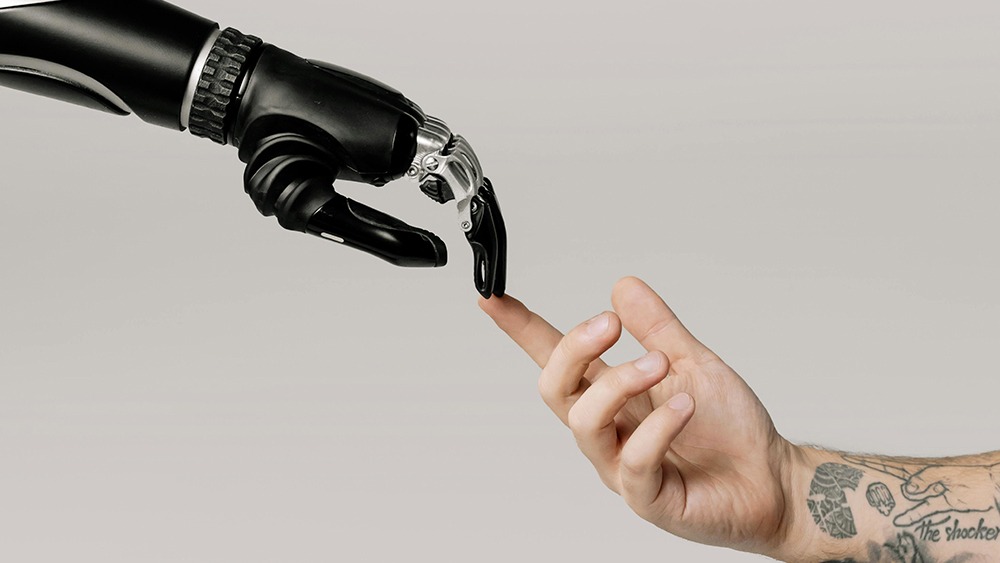
Generative AI, such as AI image generators, is disrupting many creative sectors, and such rapid development of a new technology can be a minefield for brands. Whether you see it as a fad or a genuine revolution, a lot of brands feel the pressure to get involved and shout about their own AI capabilities, and that's leading to what's been dubbed 'AI washing'.
Have you noticed a product that's seen little obvious change from its previous iteration but is suddenly claiming to be AI-powered? Or an AI feature or tool that seems to have been rolled out in a hurry before it works? This is all part of a risky trend that experts say creatives need to be wary of.

AI washing refers to an exaggeration or deliberate misrepresentation of a company’s AI capabilities. The term 'AI' is being thrown around a lot, sometimes with little explanation of what it means in a given context. It's like back in the 90s when adding 'cyber' to any word suddenly made it cool. Even Coca-Cola launched a Y3000 flavour 'co-created with AI'. But directly misleading people can have severe consequences. The US. Securities and Exchange Commission (SEC) fined the investment advisory firms Delphia and Global Predictions for making false statements about their use of AI.
Despite this, a poll by Wipro-owned strategic design firm Designit has found that 80% of creatives aren't aware of what AI washing is. Canvassing people ranging from design strategists to UX and product designers and found an "AI-washing blind spot" across all levels of experience. Only 14% of creatives said they had experienced AI washing despite a dramatic rise in the trend.

Pardis Shafafi, global responsible business lead at Designit, says this lack of awareness among creatives is potentially damaging for brands.
“Brands’ impatience to be seen as cutting-edge, and their eagerness to embrace all the benefits of AI, is understandable," she said. "What’s key is that this latest, admittedly powerful, tool doesn’t come at the cost of consumer trust. The imperative for brands and their agency partners to be vigilant to developments including AI washing is greater now than ever: with fake news and misinformation making consumers more wary and suspicious than ever, we all have a reputational responsibility not to mislead consumers”.
As Pardis notes, the potential consequences of AI washing isn't confined to regulatory fines. It can damage customer confidence. This is an issue even with the very use of AI. The technology remains controversial, and while AI has become a buzz word that sounds cutting edge, it's a turn off for many. We've seen fierce backlash against brands ranging from Lego to Netflix over the use of AI imagery.
People are growing tired of websites full of nonsensical AI-generated text clogging up search results, and there's a real risk of customers becoming frustrated and alienated with brands that roll out tools like AI chatbots before they're good enough to serve their purpose. While generative AI has already produced a range of powerful tools with practical applications, there's a lot of hype about it's future potential that has yet to be realised, and many potentially powerful AI tools remain pretty useless for practical purposes. Brands need to tread carefully to avoid missteps when navigating if and how to use the tech, and what to say about their own AI capabilities.







